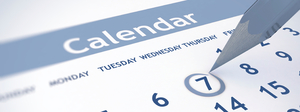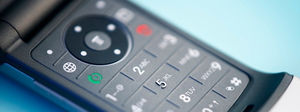Chiropody & Podiatry
A full range of podiatry & chiropody treatments are offered. The most popular are listed below.
Corn & callus removal. Callus ("hard skin") is unsightly and uncomfortable. If left it can crack or develop into painful corns. Corns and callus can be painlessly removed. Your feet will look and feel like new.
Nail problems. An ingrown nail is cripplingly painful and should be treated immediately. A local anaesthetic can be given if required. Thick nails can also be painful and are difficult to cut. These and other nail problems can be expertly dealt with.
Verruca treatments. Verrucas (also known as plantar warts) are caused by a virus that can spread in communal changing rooms and showers. Treatment reduces contagion. A course of treatment may be required for a full cure.
General treatment. A popular treatment to tidy feet up and leave you walking on air. You don't need to have particular problems to benefit from this. Nails are trimmed, hard skin gently removed, feet are smoothed and moisturised. Regular maintenance prevents problems.
Splinters. The most common "foreign body" found in feet is a glass splinter. Also surprisingly common are sea-urchin spines. Whatever it is, it needs to be carefully removed and relief from the pain of a splinter is usually felt immediately.
Nail Surgery
Ingrown toenails can be extremely painful and debilitating if left untreated. Surgery includes local anaesthetic of the toe with permanent removal of the ingrown part of the nail. The procedure takes up to an hour and requires a few hours rest only post treatment. Healing begins immediately and the patient is asked back for redressings over the following few weeks to monitor progress. The toe/toes are numbed for up to four hours after the treatment, driving is not advised in these initial few hours.
The fee for nail surgery is from £240. The fee covers the procedure and follow up appointments during healing. Please get in touch if you have any questions about ingrown nail treatment.
Orthotics
Orthotics are supports that sit inside your shoes to improve biomechanics and joint positions. They have grown in popularity in recent years particularly with people who exercise, but also with anyone who has biomechanically related foot, leg or back pains.
Some of the conditions that are successfully managed with orthotics are:
• pronation
• knee problems
• back pain
• shin splints
• foot and ankle aches and pains
• prevention of injuries
• legs of unequal length
• improvement of sports performance
• impact injury
• bunions
• plantar fasciitis & heel spur
• Morton's neuroma
• foot deformities
• corns or callus
Orthotics are widely recommended by general practitioners, orthopaedic specialists, physiotherapists and osteopaths for pains that have a biomechanical cause.
Assessment and prescription of orthotics
Orthotics are custom made following a full assessment. Impressions of the feet are taken. From these casts, models of the feet are made so that the orthotics can be very accurately formed. Both hand
crafted and "Computer Aided Manufacture (CAD CAM)" orthotics are available to best meet the need.
If you decide to reserve an appointment for orthotics please ask the receptionist for "a double appointment" when booking to allow sufficient time for the examination.



